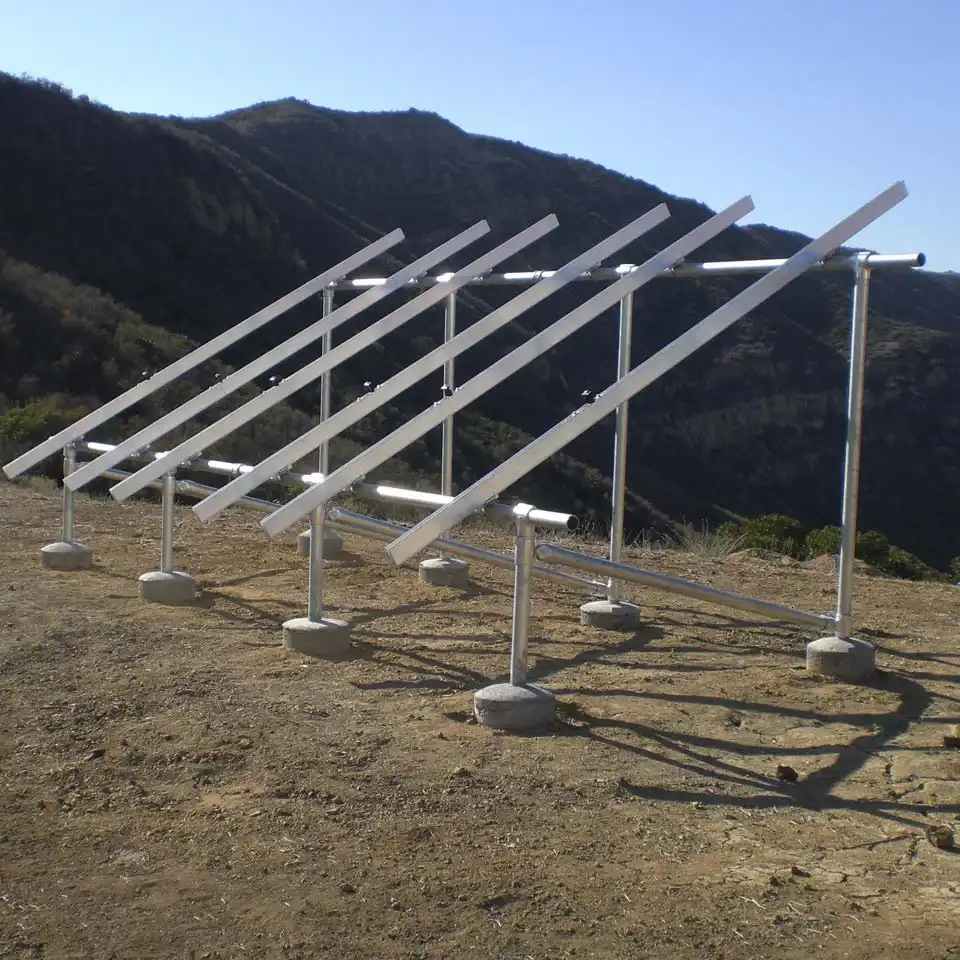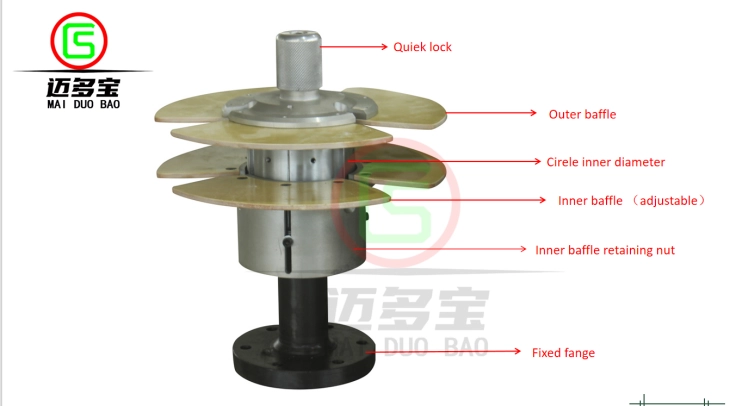Tie rod cylinder is a common hydraulic component widely used in mechanical equipment in various industries. Its working environment has a significant impact on its performance and lifespan. This article will introduce the working environment of tie rod cylinder in detail, including working temperature, working pressure, working medium, etc., to help readers better understand and apply this powerful hydraulic component.
1. Working temperature:
The operating temperature range of tie rod cylinder is one of the important factors for its normal operation. Generally speaking, the operating temperature range of tie rod cylinder is between -20℃ and 80℃. In low-temperature environments, the viscosity of hydraulic oil will increase, affecting the working efficiency of the hydraulic system; while in high-temperature environments, the viscosity of hydraulic oil will decrease, which may lead to leakage and sealing failure. Therefore, when selecting and using tie rod cylinders, it is necessary to make reasonable selection and design based on the temperature conditions of the actual working environment.
2. Work pressure:
The working pressure of tie rod cylinder refers to the maximum pressure it can withstand. Generally speaking, the working pressure range of tie rod cylinder is between 100 and 250 bar. In practical applications, the appropriate working pressure needs to be selected based on workload and system requirements. Too high working pressure may cause leakage and damage to the hydraulic system, while too low working pressure may not meet work needs. Therefore, when designing and selecting tie rod cylinders, working pressure factors need to be fully considered.

3. Working medium:
The working medium of tie rod cylinder is usually hydraulic oil. Hydraulic oil plays the role of energy transmission, lubrication, and sealing in tie rod cylinders. When selecting hydraulic oil, factors such as its viscosity, temperature stability, and oxidation stability need to be considered. Different working media may have different effects on the tie rod cylinder materials and seals. Therefore, when selecting and replacing hydraulic oil, relevant specifications and recommendations need to be followed.
4. Working environment conditions:
The working environmental conditions of the tie rod cylinder also have an important impact on its performance and life. For example, dust, moisture, chemicals, etc. in the working environment may affect the sealing performance and surface coating of the tie rod cylinder. In a dusty environment, the piston and seals of the tie rod cylinder are susceptible to wear, thus affecting the sealing performance and service life. Therefore, in dusty environments, it is necessary to strengthen the maintenance and cleaning of the tie rod cylinder to ensure its normal operation. Therefore, when installing and using tie rod cylinders, you need to pay attention to keeping the working environment clean and dry to extend its service life.
In some special working environments, the tie rod cylinder may require additional protection and improvements. For example, in a marine environment, tie rod cylinders need to use anti-corrosion materials and coatings to resist seawater erosion; in high-temperature environments, high-temperature-resistant seals and hydraulic oil may be needed. Therefore, when using the tie rod cylinder in a special working environment, corresponding improvements and adjustments need to be made according to the actual situation.
As an important hydraulic component, the tie rod cylinder's working environment has a significant impact on its performance and life. When selecting and using tie rod cylinder, it is necessary to fully consider factors such as working temperature, working pressure, working medium, etc., and make reasonable selection and design based on the requirements of the actual working environment. Through reasonable working environment management and protection, the service life of the tie rod cylinder can be extended and the working efficiency and reliability of the hydraulic system can be improved.
Why is the tie rod cylinder popular?
How to choose the right tie rod cylinder for your hydraulic system
Tie rod cylinder maintenance and care guide
Tie Rod Cylinder: The backbone of industrial applications
Choosing the right tie rod cylinder: the perfect match for your engineering needs
Analyze the structure and working principle of tie rod cylinder
Hydraulic weapon: tie rod cylinder classification analysis and application
Key components in hydraulic systems: reliability and life evaluation of tie rod cylinder
How to choose a quality tie rod cylinder manufacturer: key strategies and considerations
Protect your investment: effective anti-corrosion measures for tie rod cylinders
Hydraulic tie rod cylinder sealing technology: the key to optimized performance and extended life
Detailed explanation of precautions and operating procedures for safe use of tie rod cylinders
Factors and analysis affecting the price of tie rod cylinders
Material selection for tie rod cylinders: a balance between performance and application
tie rod cylinder and welded cylinder, which one to choose?
Key factors in selecting tie rod cylinder size specifications
mia
peterchen@jinhai.cn


